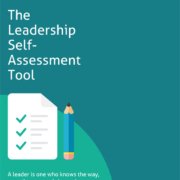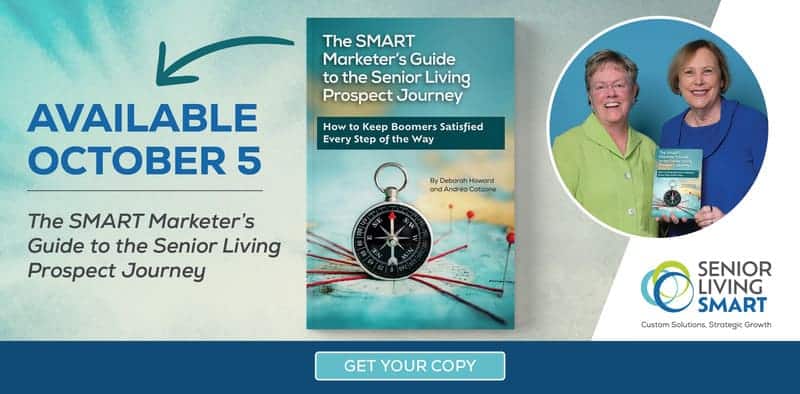How to Evaluate Senior Living Marketing Services
If you’re thinking of changing marketing agencies or maybe using one for the first time, this article is for you. As you evaluate different agencies and the senior living marketing services they offer, keep the following questions in mind.
1. Does that agency have experience in the senior living industry?
The senior living industry is special. We don’t have to tell you that, right? After all, it’s real estate, healthcare, and lifestyle all rolled into one. An agency with senior living industry experience will have a much shorter learning curve. This saves time—and money.
2. Does the agency offer comprehensive senior living marketing services?
Are you OK juggling multiple agencies? Perhaps one that can handle your website, another for advertising, and still another for print materials? Or would you prefer to have a streamlined experience with one agency that handles everything soup to nuts? If you’d prefer the latter, then make sure you investigate all the services the agency offers. (A good place to start is the agency’s website.)
3. Does the agency only offer marketing services a la carte? Or does it provide strategy as well?
You don’t want to approach senior living marketing services like you do ordering from a fast-food menu. “I’ll take two website pages, a round of lead nurturing emails, and a PPC ad campaign to go.” Before you can think about marketing services, you need a marketing strategy. A good marketing agency will devise a strategy based on your community’s challenges and goals.
4. Does the agency demonstrate a deep understanding of each marketing service it offers—particularly how it relates to the senior living industry?
Anyone can provide a laundry list of marketing services on their website. You want to work with an agency that has expertise in the services it offers. How to tell? Look for examples of thought leadership.
Does the agency regularly blog about marketing topics? Are the blog posts well written and informative? Does the agency participate in industry webinars and podcasts? Does it offer guides about various marketing topics? Does the agency get quoted by relevant publications, like Senior Housing News?
5. Does the agency outsource any of its senior living marketing services? Or does it handle most stuff in-house?
This is a trick question. It’s not unusual for marketing agencies to outsource some work to contractors or to trusted partners. (For example, some marketing agencies might have a trusted PPC vendor they work with.) But if the agency outsources most work to third parties, this raises red flags.
First, it might cost you more in the long run since the agency is essentially serving as the middleman. Second, this approach can dilute the strategy since one of the positives a good marketing agency brings to the table is overseeing the BIG marketing picture. It’s easier to manage and oversee the various senior living marketing services when everything happens under the same roof.
6. Does the agency deliver real, quantifiable results?
Unless the agency can provide you with real, tangible results—think increased conversions and more tours and move-ins—what’s the point? To evaluate, ask the agency to share the results of three recent campaigns. Read case studies on their website. Ask to speak to several of their current clients. (And ask the clients the same questions about real, measurable results). Finally, read the agency’s reviews for more insight into not only deliverables, but also how the agency works with clients.
7. Is the agency named Senior Living SMART? :)
All kidding aside, we pride ourselves on devising strong marketing roadmaps and delivering real, measurable results to our clients. Plus, we only focus on the senior living industry. It’s our passion! Interested in learning more about our senior living marketing services? Let’s chat!













